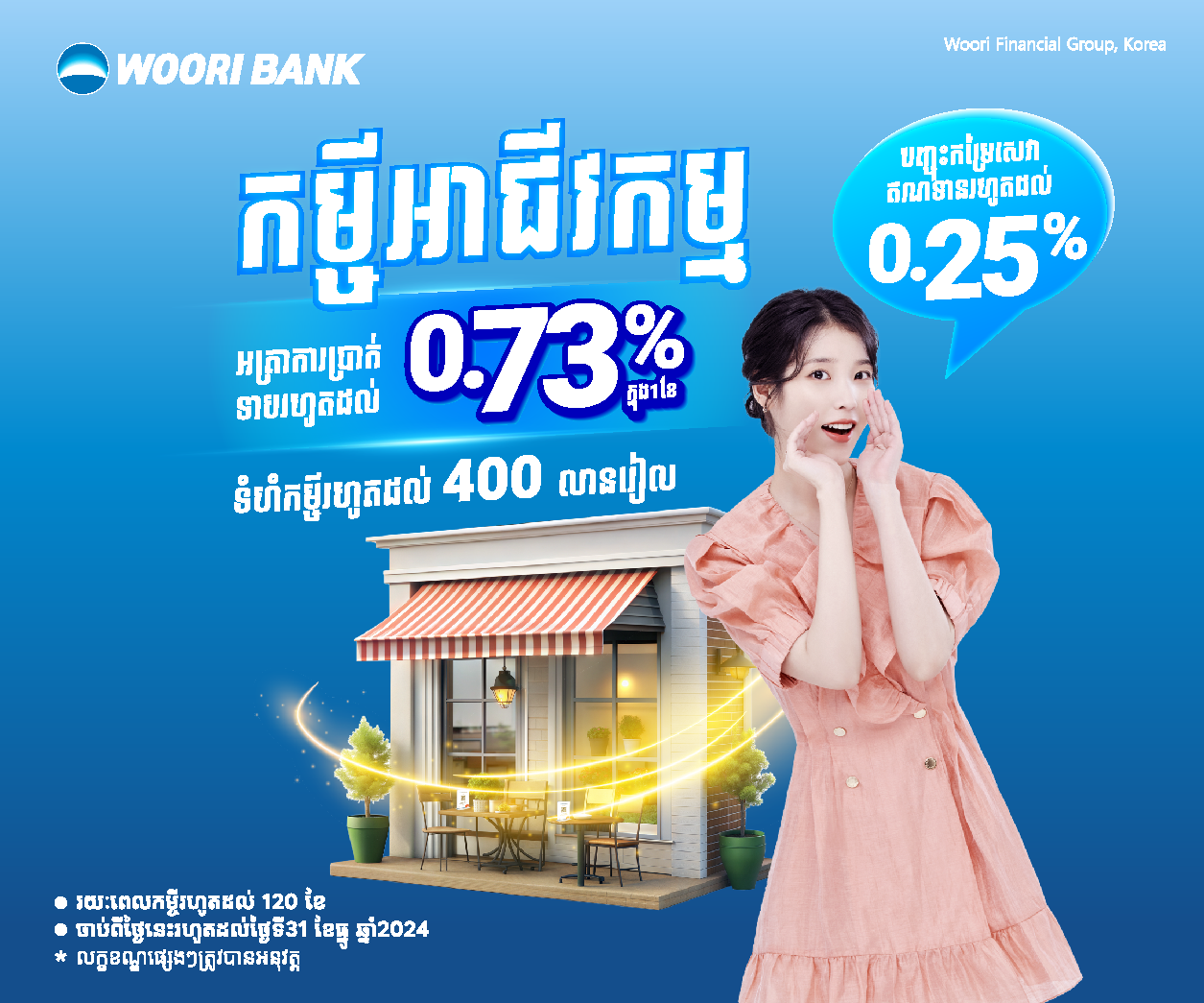
A visually impaired person feels the texture of a drawing at the Close Your Eyes and See exhibition, which will run at The Factory Phnom Penh until December. PHOTO SUPPLIED
Phnom Penh-based Portuguese photographer Miguel Jeronimo, working with the Women Peace Makers (WPM) NGO and several blind masseurs, is organising a sensorial experience exhibition at the AiR Gallery at the Factory, Phnom Penh.
Close Your Eyes and See is an exhibition of tactile and sensorial experiences based on blind people’s everyday lives in Cambodia and how they explore the world around them through their other senses. The exhibition is open daily from 3.00pm to 6.00pm, and runs from December 3-10.
Jeronimo said he had a similar exhibition last year, where he met NikaTath – founder of Nika’s Seeing Hands Massage Therapy Centre – and officials from WPM. They agreed to work together.
“Last Saturday, December 3, was the International Day of Persons with Disabilities. We felt that we had something interesting to share, so we organised this exhibition. People will experience the challenges faced by blind people,” he told The Post.
“Everything is experienced by touching and of course, there is no photography inside the hall,” added Jeronimo.
He has been working in Cambodia for several years and gives back to the country he now calls home by organising charity events.
Phirun Dahlia, a Cambodian artist who trained in contemporary mixed media art in Philadelphia, talked about how the sensorial experience of the exhibition intrigued and fascinated her.
She said she had never considered life as a blind person, but the organisers had done an amazing job of creating an environment that allowed her to get as close as possible to understanding the difficulties and challenges that the blind overcome daily.
“I got to experience an intimacy with my surroundings that I was not expecting. Besides using a cane to walk, we had to touch everything with our hands in order to navigate the way. This gave me a totally different perspective on the world from the way I usually ‘see’ it,” Dahlia told The Post.
One of the most significant effects of the exhibition happened to me after I had passed through it. I started to see how the city is not built to accommodate people without sight and how much harder people with disabilities have to work to navigate the world,” she added.
The 20 minute tour of the exhibition takes part in a specially darkened room and offers examples of the daily lives of some of the blind. This varies from the use of household appliances to Braille books, going shopping or negotiating a Phnom Penh street.
Along the tour, visitors will feel small clay and cardboard objects that have been made by visually impaired people who carved things they remembered or “saw” in their minds.
WPM’s “Our Turn” programme officer, Chhun Chariya, said that WPM provides training and workshops to the visually impaired, and was proud to be involved with the exhibition.
“We want to show their competence rather than their disabilities. We want people to understand that although they are blind, they can live independently,” Chariya told The Post.
The tour will be guided by blind people, who want sighted people to understand their challenges and allow time and patience when dealing with them.
Collaborating with nine trainees and Nika Tath, the exhibition’s main objective is to raise awareness on blindness and the lives of persons with disabilities. It addresses issues of inclusion and accessibility, celebrates diversity and represents persons with disabilities in a positive and empowered manner.
“I dream that all of us will be given the opportunity for employment, social engagement and communication. I want everyone to value and recognize our abilities more than our disabilities,” said Tath.
Growing up as the youngest of five children – a challenging enough experience for most – in Kampong Speu province, Tath began to lose her eyesight from the age on one after contracting measles.
“I don’t remember anything since I lost my vision at a very young age. In my dreams, I imagine only trees and some of the environment around me, but not humans or animals,” she told The Post.
After completing her training in 1997, she began working full time in a massage parlour in the capital. After several years, she took a bold leap in 2006, opening her own massage parlour, Nika’s Seeing Hands Massage Therapy Centre, in Phnom Penh.
Tath is one of the tour guides that will lead sighted people through a small slice of her daily reality.
Another masseur – who dreams of becoming a radio presenter – Soeun Srey Touch said that she lost her sight at the age of five, as her parents did not know where to seek treatment.
“I can’t remember my parents’ faces or any humans. What I still remember is light, the sun light,” Srey Touch told The Post.
The exhibition wants to show the general public that people with disabilities can also go out and have fun, enjoy hanging out in public places or do common activities, while having a career and being independent, according to Jeronimo.
“Participants will taste food, receive a short massage, navigate simulated Phnom Penh streets and more! This activity is meant to build empathy. We hope to encourage the public to mobilise to support their needs and fight for better inclusion,” he added.
Jeronimo said that he and his team took a week to organise the room. They used curtains and tarps to keep out the light and installed a sound system.
Mourng Kagna, a visitor from USAID, was thrilled by the experience and gained a real understanding of how blind people spend their lives in total darkness.
“I was particularly amazed at how I was able to understand the feelings and lives of blind people and their daily lives. I have a new appreciation for the strength they demonstrate in overcoming difficulties,” she said.















